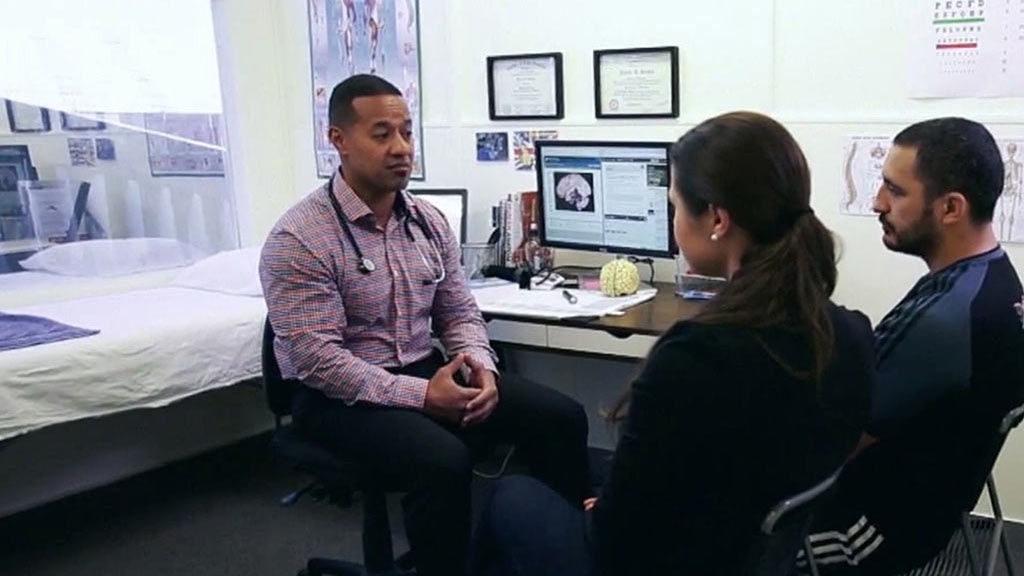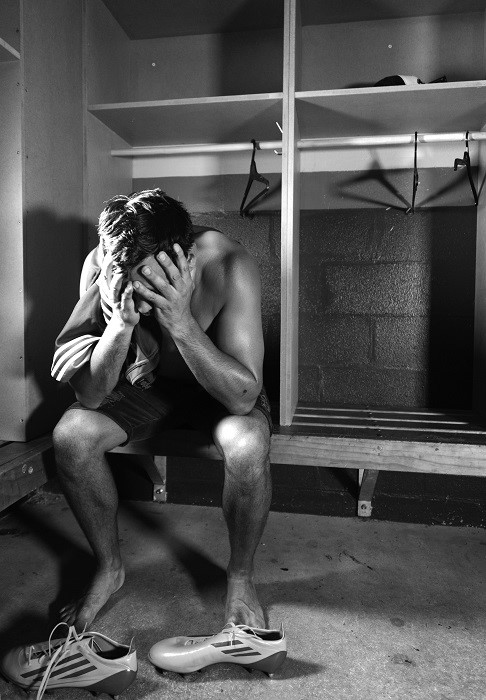- Rugby Toolbox
- Resources & Education
- Learn more
- Articles
- Snook on Coaching
- Looking After Your Players
- Ruck & Run Drill
- Playing Philosophy – Ruck & Run Coaching Components
- Playing Philosophy – Spread the Forwards
- Playing Philosophy – A forward behind the ruck
- Playing Philosophy – Ruck & Run
- Playing Philosophy – An idea!
- The Breakdown
- Building Positivity [3]
- Building Positivity [2]
- Building Positivity
- Fitness and Game Related Activities
- Getting the Head Working
- Missiles are Dangerous
- Use of Video
- Winger Attacking Outside First-Five
- Player Profiling
- Selection
- Fitness Away from the Team Session
- Playing Philosophy (Pre season Prep)
- Coaching the Coaches
- The Rugby Coordinator and Pre-Season Preparation
- Why Not Use Tap Penalties More Often?
- Why Kick the Ball Down the Middle of the Field?
- Defending the 5 Metre Lineout Drive
- Scoring from the 5 Metre Lineout
- What are the Kicking Team Aiming to Achieve from Halfway Restart
- Should We Practice Scoring Tries?
- Team Culture
- Looking After Your Players
- Coach Survival Tips
- Under 11/13 – Backline Defence
- Under 11/13 – Ruck Defence
- Under 11/13 – Back Attack
- Under 13 – The Counter Attack
- Under 11/13 – The Maul
- Under 11/13 – Lineouts
- Under 11/13 – Decision Making
- Under 11/13 – Support Play
- Under 11/13 – Dive Pass and More
- Under 11/13 – Drop & Grubber Kick /Highball Catch
- Under 11/13 – Front on Tackling
- Under 11/13 – Contact – Getting Up – The Ruck
- Under 11/13 – The Coaching Session
- Under 8/10 – Using Space
- Under 8/10 – Kicking
- Under 8/10 – Contact and Picking Up the Ball
- U8/U10 Draw & Pass and Sidestep
- Under 8/10 – The Tackle
- Under 8/10 – The Coaching Session
- Under 7 – Test Your Coaching – Support Play
- Tap Pass and Swerve U7
- Ball Familiarisation; Passing & Receiving
- Activities for the Non-Contact Tackle
- Under 7 – The Coaching Session
- Coaching Teenagers – After the Ruck
- Coaching Teenagers – The Practice Session
- Coaching Teenagers – Best Practice
- Coaching Kids – Best Practice
- Plays from a Tap Penalty
- Running Plays from a 5 Man Lineout
- Driving Plays from a 5 Man Lineout
- Strike Plays at the End of the Lineout
- Back Strike Plays at the Lineout
- Wide Strike at the Scrum (2)
- Wide Strike at the Scrum
- Midfield Attack at the Scrum
- No 8 Plays at the Scrum (2)
- No 8 Plays at the Scrum
- The Cut Out Pass
- Skills to Penetrate (2)
- Skills to Penetrate
- Movements to Penetrate
- Patterns to Penetrate
- Contact and Continuity
- Keeping the Ball Alive Out Wide
- Pre Season Support Activities
- Checklist
- Understanding the game
- The Playing Philosophy
- The Lineout
- Overview
- Team Profile
- Start Now!
- Backrow
- Nine and Ten
- Rugby-related Fitness Activities
- The Psychological Edge
- Open Field Play
- Key Performance Indicators
- Improving Team Performance
- Backline Attack Concepts
- Tactics at Phase Play
- Playing Philosophy
- The ‘Stop Focus’
- Kick Attack
- Clearing the 22
- Wide Attack at Phase
- Player Focus
- Scrum Preparation
- Lineout Preparation
- Back Attack Preparation
- Sevens Preparation
- Sevens Kick Offs
- Sevens Scrum and Lineout
- Sevens Attack Patterns
- Sevens Defence
- 7's Selection and Game Planning
- Coaching and Leadership
- How the Game Evolves
- Changing Within the Game
- Learning from the Television.
- Using Tap Penalties Wisely
- Defence Drills
- Defence Drills for Tight Five
- Team Defence and TUB’ing
- Establishing Patterns from the Ruck
- Structured Phase Play
- Structuring Phase Play on the Run
- Coaching Roles
- Structuring a Close in Tackling/Defensive Session
- Coaching in Threes
- Attacking Back Play
- Kick Off Chase
- Wrap Around Back Plays
- Lineout Plans
- Looking and Learning
- Motivating Your Players
- Scrum Attack
- Refocusing the Team
- Monitoring the Progress
- Learning the Game
- Playing to the Laws
- Small is OK
- Decisions After the Tackle
- Improving Your Coaching
- Food for Thought
- More Food for Thought
- Passing & Catching
- How Ireland Nearly Beat the All Blacks
- The Progressive Coach
- Try Something New
- Encouraging Excitement
- The Mental Approach
- Where to Start
- Being the Best You Can Be
- Off the Ball Decisions
- Lineouts Difficult to Master
- Decisions on the Run
- Rucking and Rolling
- A Successful Approach
- Gaining Clarity
- Manipulation vs Physicality
- Beating the Drift
- To Ruck or Not to Ruck
- Stopping the Lineout Drive
- Fine Tuning the Planning
- It's a Running Game
- RugbySmart 2015
- Using the Shoulders
- Loosehead Prop / Tighthead Prop
- Position Specific – Hooker
- Position Specific – Lock
- Position Specific – Blindside Flanker
- Position Specific – Openside Flanker
- Position Specific – No 8
- Position Specific – Halfback
- Position Specific – First Five Eighth
- Position Specific – Second Five Eighth
- Position Specific – Centre Three-quarter
- Position Specific – Wing
- Position Specific – Fullback
Looking After Your Players

More than ever players in professional rugby are being removed from the field following head knocks and in many cases, being rested for a period of time. The most extensive cases are the likes of Dane Coles and Charlie Ngatai who still continue to have symptoms after very long periods and of course there are those such as James Broadhurst who has given the game away for good.
Recently Ben Smith has left the field on a couple of occasions, Beauden Barrett has pulled out of a game as has Brodie Retallick.
These are high profile players playing in an explosive impact game at the highest level but the message is clear – as a coach/manager you must be able to recognise the symptoms of concussion and you must know what to do when this occurs.
Forget about the result. Don’t worry about what the player or his father says, you must act responsibly. The long-term health of your player is what is important.
Concussion
RECOGNISE
Physical Signs (What you can see)
- Loss of consciousness or being non-responsive.
- Lying on the ground not moving or being slow to get up.
- Loss of balance/coordination.
- Disorientation and confusion.
- Visible injury to the face or head. Especially in combination with any other signs.
- Grabbing and clutching the head.
- Dazed, blank or vacant look.
Memory (What they say)
Failure to answer any of these questions correctly may indicate a concussion:
- What venue are we at today?
- Which half/quarter is it now?
- Who scored last in the game?
- What team did you play last week?
- Did your team win the last game?
Clinical Symptoms (What they feel)
If any of the following symptoms appear, concussion may be present:
- Blurred vision
- Neck pain
- Nausea
- Dizziness
- Confusion
- Difficult sleeping
- Headache/pressure in the head
- Sensitivity to light and/or noise
- Fatigue
- More emotional than normal
- Nervous or anxious
- Irritability
- Problems with memory
- Reduced ability to think or concentrate
Red Flags (What requires hospitalisation)
- If no qualified medical professional is available, consider transporting by ambulance for urgent medical attention
- Player complains of neck pain
- Increasing confusion or irritability
- Repeated vomiting
- Seizure or convulsion
- Weakness or tingling/burning in the arms or legs
- Deteriorating conscious state
- Severe or increasing headache
- Unusual behaviour change
- Double vision
REMOVE
Any player with suspected concussion must immediately be moved from play and must not be returned to activity unless they are assessed medically
REFER
Any player suspected of having concussion needs to see a doctor and be assessed.
In the immediate period following the concussion the player should not be left alone and they should not drive a motor vehicle.
RECOVER
Follow the doctor’s advice and only return to play when cleared by the doctor.
RETURN
Follow the ‘Return to Play’ stages and be cleared by the doctor.
Return to Play: (minimum)
2 weeks complete rest
2 days of light activity – walking, cycling.
2 days for U19, 1 day for 19yrs+ of rugby type activity – running and handling.
2 days for U19, 1 day for 19yrs+ of non-contact training drills until medical clearance given and only if symptom-free.
2 days of contact training once a clearance has been provided
Return to play if symptom free and medical clearance.
NZ RUGBY CONCUSSION POLICY
|
AGE GROUP |
MINIMUM REST PERIOD POST CONCUSSION |
GRTP |
MINIMUM TIME OUT |
|
U6's - U19's* |
14 days |
8 days |
23 days (3 weekends missed) |
|
ADULT |
14 days |
6 days |
21 days (2 weekends missed) |
Worried about Your Player!
Apply the first aid principles: DRSABC
Danger – Response – Send for Help – Airway – Breathing – Circulation.
- Treat as though the player has a neck injury
- Only to be moved by a medical professional
- Do not move headgear
- Call 111
It is a big responsibility being a rugby coach or manager. Not only are you expected to improve the players and the team in their on-field performances but you are charged with helping turn them in to better people whilst at the same time they are enjoying what they are doing.
You also have this responsibility towards their safety. If you use the players at All Black level as examples then I’m sure everyone can be convinced to do the correct thing.
Good luck. There is plenty to do but there is nothing more rewarding than seeing your team enjoy each week as you watch them grow. It’s even better when you meet them 10 years later and they recall those good times.